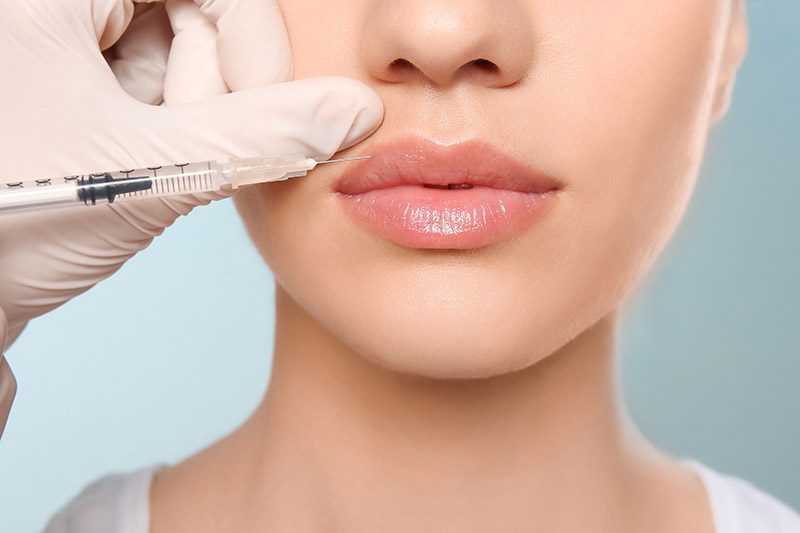Dermal fillers are a popular cosmetic treatment used to restore volume and reduce the appearance of wrinkles and fine lines. If you’re considering dermal fillers, here’s what you need to know:
What are dermal fillers?
Dermal fillers are injectable treatments made from hyaluronic acid, a natural substance found in the body that helps to hydrate and plump the skin. When injected into the skin, dermal fillers melbourne can restore volume, smooth out wrinkles and fine lines, and enhance facial features.
What areas can be treated with dermal fillers?
Dermal fillers can be used to treat a variety of areas, including the cheeks, lips, nasolabial folds (lines that run from the nose to the mouth), marionette lines (lines that run from the corners of the mouth to the chin), and under-eye hollows.
What should I expect during the treatment?
Dermal filler treatments are typically quick and relatively painless. Your injector will use a fine needle to inject the filler into the treatment area and may apply a topical numbing cream beforehand to minimize any discomfort. You can expect to see immediate results, although there may be some swelling and bruising in the treatment area for a few days afterward.
How long do dermal fillers last?
The duration of dermal fillers varies depending on the specific product used, as well as the area treated and individual factors such as age and metabolism. Generally, most dermal fillers last anywhere from six months to two years before needing a touch-up treatment.
Are there any side effects of dermal fillers?
Yes, there can be side effects of dermal fillers, although they are generally mild and temporary. Some of the most common side effects include:
- Bruising: Bruising is a common side effect of dermal fillers, and can last for a few days to a week.
- Swelling: Swelling is also common and usually subsides within a few days.
- Redness: Some redness and tenderness at the injection site is common and usually resolves within a few days.
- Itching: Mild itching is common and usually resolves within a few days.
- Pain: Some pain or discomfort at the injection site is common and can last for a few days.
- Allergic reactions: Allergic reactions to dermal fillers are rare but can occur. Symptoms include redness, itching, swelling, and difficulty breathing.
- Infection: There is a small risk of infection with any injection, including dermal fillers.
It is important to discuss any concerns or potential side effects with your healthcare provider before undergoing any cosmetic procedures.
Who is a good candidate for dermal fillers?
Dermal fillers are a suitable option for individuals who are looking to restore volume, smooth out wrinkles and fine lines, or enhance facial features. Good candidates should be in good health, have realistic expectations, and be willing to follow pre- and post-treatment instructions provided by their injector.
How can I find a qualified injector for dermal fillers?
It’s important to choose a qualified and experienced injector for dermal filler treatments to ensure safe and effective results. Look for a licensed medical professional, such as a dermatologist or plastic surgeon, who has extensive training and experience in administering dermal fillers. You can also ask for recommendations from friends or read reviews from previous patients.
Conclusion
In conclusion, dermal fillers are a popular and effective cosmetic treatment for restoring volume, reducing wrinkles and fine lines, and enhancing facial features. By understanding the basics of dermal fillers and finding a qualified injector, you can achieve the desired results safely and effectively.

